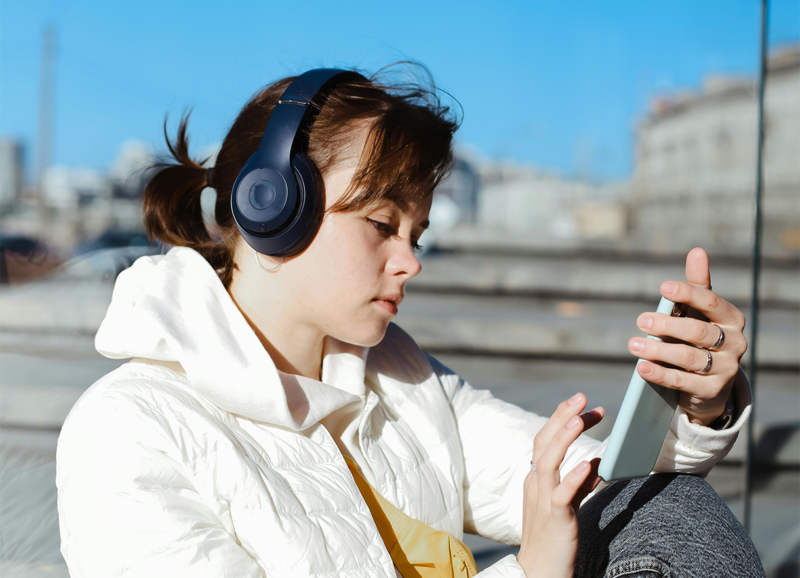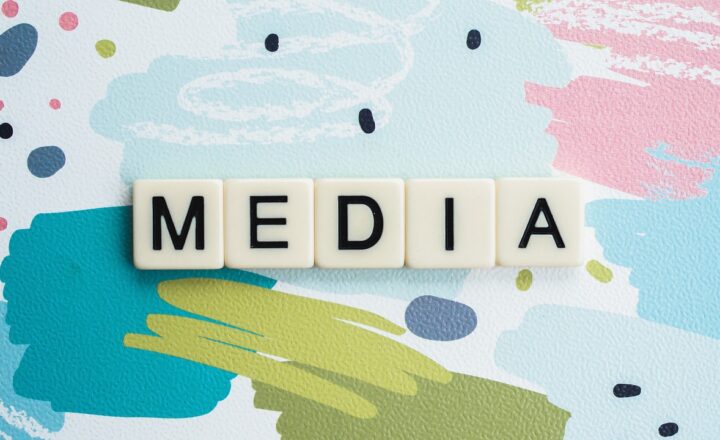
Social media has revolutionized the way we discover, consume, and engage with music. Platforms like YouTube, Instagram, TikTok, and Twitter have become essential tools for artists to reach audiences, while algorithms and viral trends shape what we listen to. This article examines the profound influence of social media on modern music trends, exploring how it affects artists, listeners, and the industry as a whole.
The Digital Transformation of Music
From Physical to Digital
- MP3s and Downloads: Early 2000s shift from CDs to digital downloads.
- Streaming Services: Spotify, Apple Music, and others provide instant access to vast music libraries.
Rise of Social Media Platforms
- YouTube (2005): Became a hub for music videos and user-generated content.
- Instagram and Twitter: Enabled artists to connect directly with fans.
Discovering Music in the Social Media Era
Algorithm-Driven Recommendations
- Personalized Playlists: Spotify’s Discover Weekly and Release Radar curate music based on user behavior.
- YouTube’s Suggested Videos: Influences user choices and promotes related content.
Viral Challenges and Memes
- TikTok Trends: Songs like “Old Town Road” gained popularity through viral dance challenges.
- Meme Culture: Humorous content spreads songs rapidly across platforms.
The Artist’s Perspective
Independent Music Production
- DIY Artists: Platforms enable musicians to produce and distribute music without traditional labels.
- SoundCloud and Bandcamp: Offer avenues for sharing and monetizing music.
Building a Brand
- Social Media Presence: Artists cultivate personas and engage with fans through posts and stories.
- Influencer Collaborations: Partnerships with social media personalities expand reach.
Audience Engagement
- Live Streams: Performances and Q&A sessions on Instagram Live or Twitch.
- Fan Interactions: Responding to comments, direct messages, and fan art.
The Industry’s Adaptation
Marketing Strategies
- Hashtag Campaigns: Encourage user-generated content and sharing.
- Exclusive Releases: Premiering music videos or songs on specific platforms.
Data Analytics
- Audience Insights: Social media metrics inform marketing and touring decisions.
- Trend Monitoring: Identifying emerging genres and artists through data.
Challenges and Criticisms
Oversaturation
- Content Abundance: The sheer volume of music makes it harder for artists to stand out.
- Quality vs. Quantity: Pressure to produce frequent content can impact artistic integrity.
Algorithm Bias
- Echo Chambers: Algorithms may limit exposure to diverse music.
- Monetization Issues: Revenue distribution can be unfavorable for artists.
Mental Health Concerns
- Social Media Pressure: Negative comments and the need for constant engagement can affect well-being.
- Parasocial Relationships: Blurred boundaries between artists and fans.
The Listener’s Experience
Personalized Consumption
- Curated Feeds: Users receive tailored content based on interactions.
- Community Building: Shared interests foster online communities around genres or artists.
Active Participation
- User-Generated Content: Fans create covers, remixes, and dance routines.
- Direct Feedback: Listeners influence artists through comments and engagement.
Case Studies
Lil Nas X and “Old Town Road”
- TikTok Virality: The song’s popularity exploded due to a viral challenge.
- Genre Blending: Social media facilitated acceptance of genre-crossing music.
Billie Eilish’s Rise
- Authentic Online Presence: Built a loyal fanbase through relatable content.
- Visual Aesthetics: Distinct style contributed to brand identity.
The Future of Music and Social Media
Emerging Technologies
- Augmented Reality (AR): Interactive experiences through filters and virtual concerts.
- Blockchain and NFTs: New ways to monetize music and offer exclusive content.
Evolving Platforms
- New Social Media Entrants: Platforms like Clubhouse introduce audio-focused engagement.
- Platform Integration: Seamless experiences across devices and services.
Tips for Artists Navigating Social Media
Authentic Engagement
- Be Genuine: Authenticity resonates with audiences.
- Consistency: Regular posting maintains audience interest.
Utilize Analytics
- Understand Your Audience: Use insights to tailor content.
- Adapt Strategies: Stay flexible and responsive to trends.
Protect Well-being
- Set Boundaries: Balance online presence with personal life.
- Seek Support: Utilize resources for mental health.
Conclusion
Social media has undeniably reshaped the music landscape, offering unprecedented opportunities and challenges. It empowers artists to reach global audiences, fosters community among listeners, and continually evolves how we experience music. As platforms and technologies advance, their influence on music trends will continue to grow, making adaptability and authenticity key for artists and industry players alike.







